Family Camping the Low-Impact Way: Leave No Trace Made Easy
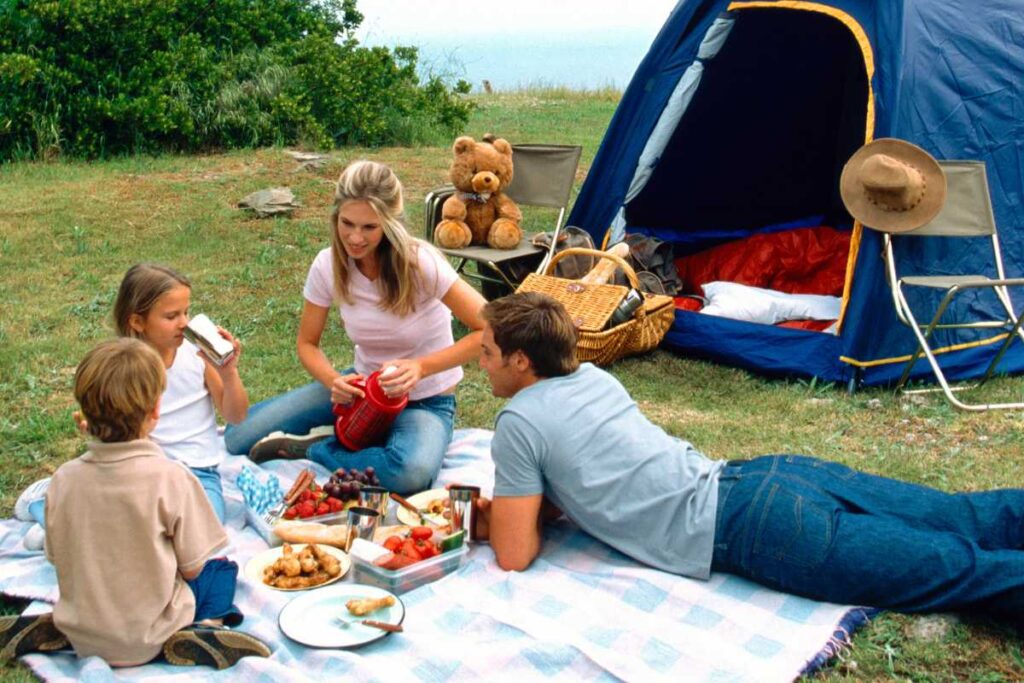
Camping is an incredible way for families to bond with nature and create lasting memories. However, as much as we enjoy the outdoors, it's important to remember that our actions can have a significant impact on the environment.
Fortunately, the concept of "Leave No Trace" provides a set of simple guidelines to ensure that your camping experience doesn’t leave behind a negative footprint on the natural world.
By embracing low-impact camping techniques, you can protect the beauty of the wilderness while still enjoying all the adventures it has to offer.
Understanding Leave No Trace Principles

At its core, Leave No Trace is about minimizing our environmental impact while enjoying the outdoors. This philosophy promotes the idea that human activity should not leave behind any lasting effects on the natural landscape, wildlife, or ecosystems.
By following these seven principles, you can help preserve the delicate balance of nature:
Plan Ahead and Prepare
Travel and Camp on Durable Surfaces
Dispose of Waste Properly
Leave What You Find
Minimize Campfire Impact
Respect Wildlife
Be Considerate of Other Visitors
Each principle contributes to reducing the harm that camping and outdoor activities can cause. Let’s dive deeper into how you can apply them during your family camping trip.
Planning for Minimal Impact

Before you head out for your family camping adventure, planning ahead is essential to ensure that you leave no trace.
Research the area you’re visiting and understand the rules and guidelines set by local parks or wilderness areas. Some locations may have specific restrictions on campfires or require permits.
Knowing this information in advance will help you avoid any surprises and ensure that your actions align with the environmental standards of the area.
It’s also crucial to make sure your gear is suitable for the environment you’ll be in. Choose lightweight equipment that’s easy to pack and transport, and avoid items that might contribute to pollution or waste.
Opt for reusable water bottles, biodegradable soaps, and eco-friendly products that won’t harm the environment.
Related reading: How to Make Your Camping Trip More Eco-Friendly
How to Make Your Camping Trip More Eco-FriendlyChoosing the Right Campsite: Stick to Durable Surfaces
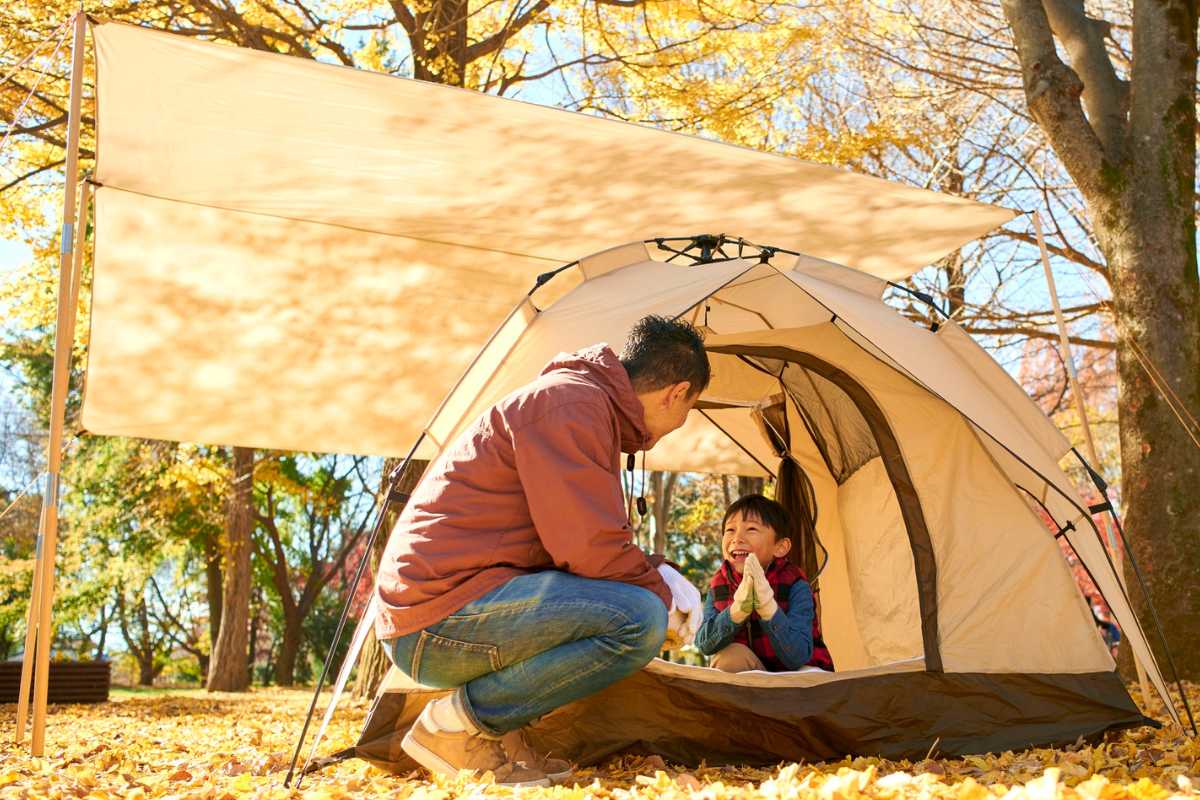
When it comes to finding the perfect spot to set up camp, durable surfaces are key. These are areas that can withstand human activity without suffering long-term damage, such as established campsites, rock, or gravel areas.
By sticking to these surfaces, you’ll prevent soil erosion, protect fragile vegetation, and preserve wildlife habitats.
If you’re camping in a wilderness area that doesn’t have designated campsites, make sure to camp at least 200 feet away from lakes and streams to minimize the risk of contamination.
Additionally, avoid disturbing delicate ecosystems like alpine meadows or desert soils, which are especially sensitive to human impact.
Proper Waste Disposal: Pack It In, Pack It Out
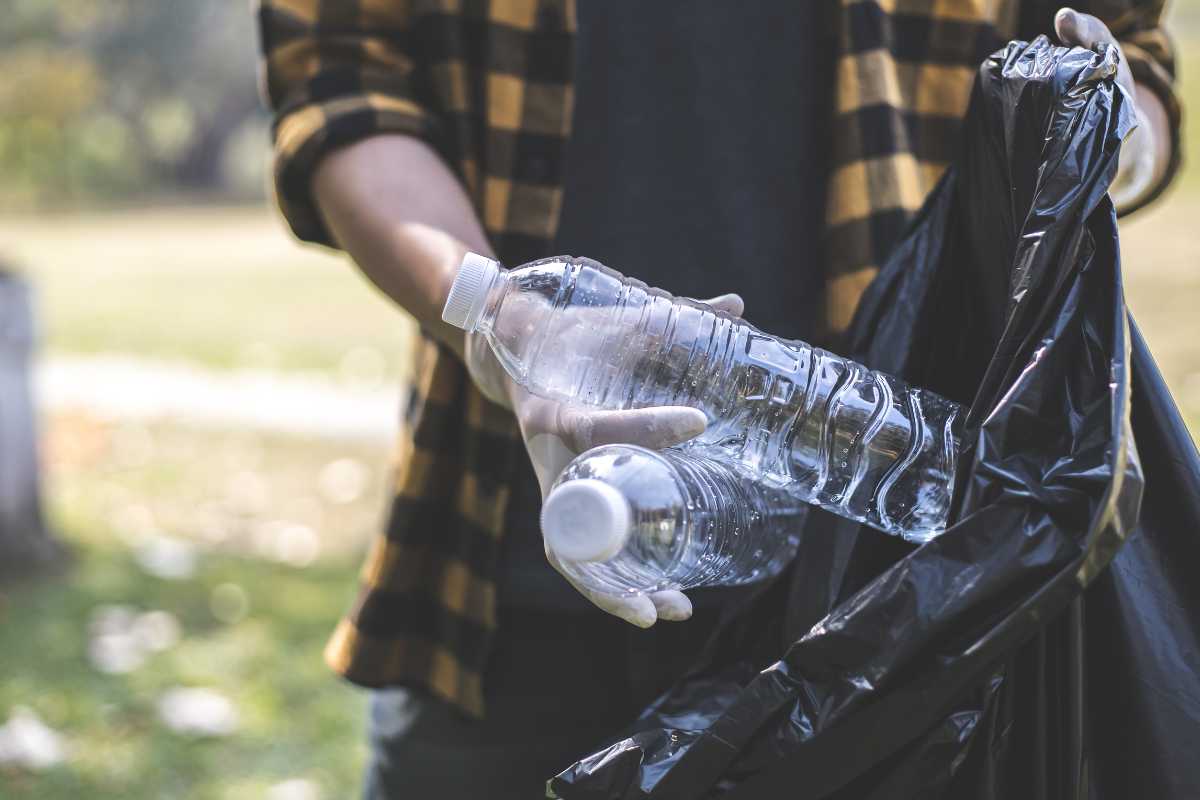
One of the most important aspects of low-impact camping is ensuring that all waste is disposed of properly.
The mantra here is simple: pack it in, pack it out. This means that anything you bring with you into the wilderness must be taken out with you when you leave.
Trash, food scraps, and even toilet paper should never be left behind. Always bring trash bags and keep a close eye on your waste throughout your trip.
If you're staying in a backcountry location, you may need to carry out human waste using a portable toilet or waste bags. These simple steps help keep the wilderness pristine for future generations.
In addition to trash, be mindful of gray water—the water left over from washing dishes or brushing your teeth. Instead of pouring it directly onto the ground, always dispose of it in a manner that doesn’t pollute water sources.
Ideally, collect it in a container and dump it at least 200 feet away from any water source.
Leave What You Find: Preserve Natural Beauty
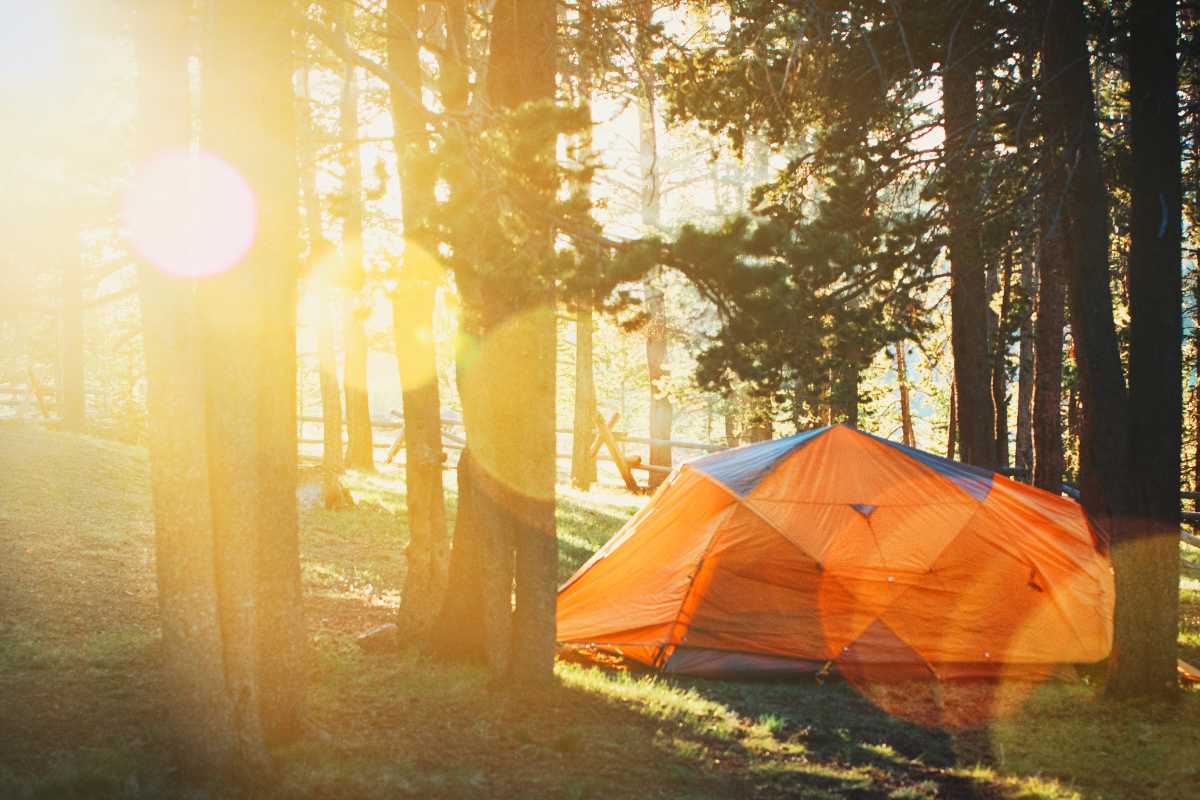
One of the most rewarding aspects of camping is experiencing the natural world in its untouched state. To keep these beautiful environments intact, it’s essential to leave what you find.
This means refraining from picking flowers, disturbing wildlife, or taking rocks and other natural objects home as souvenirs.
Taking nothing but photos and leaving nothing but footprints is the golden rule.
By respecting the natural beauty of your surroundings, you help preserve the integrity of ecosystems and ensure that future campers can enjoy the same sights and experiences.
Minimizing Campfire Impact

A campfire is often considered an essential part of the camping experience, but it’s important to remember that campfires can have a significant environmental impact.
Not only can they destroy fragile vegetation and scar the landscape, but improperly managed fires can also lead to wildfires.
Related reading: How to Make Your Camping Trip More Eco-Friendly
How to Make Your Camping Trip More Eco-Friendly Eco-Friendly Christmas: Sustainable Ideas for Decorations, Gifts, and More
Eco-Friendly Christmas: Sustainable Ideas for Decorations, Gifts, and MoreTo minimize your campfire impact, use an established fire ring if one is available. Make sure to use only dead and downed wood, as cutting live trees or gathering wood from the surrounding area can harm the environment.
After your fire, make sure it's completely extinguished with water, not dirt, to avoid any residual heat that could ignite a fire later.
Whenever possible, consider using a camp stove for cooking. Not only does this reduce the amount of firewood you need to gather, but it also ensures you don’t leave behind any trace of a fire.
Respecting Wildlife: Observe from a Distance

Wildlife is one of the most fascinating aspects of camping, but it’s important to respect animals from a distance.
Feeding wildlife is a major no-no, as it can disrupt their natural foraging habits and make them dependent on human food. It can also lead to dangerous situations where animals may become aggressive in search of food.
To keep wildlife safe and maintain a healthy distance, store food securely in bear-proof containers or in your vehicle, and never leave food unattended.
If you encounter animals while hiking or camping, keep your distance and avoid startling them.
Being Considerate of Others: Share the Outdoors
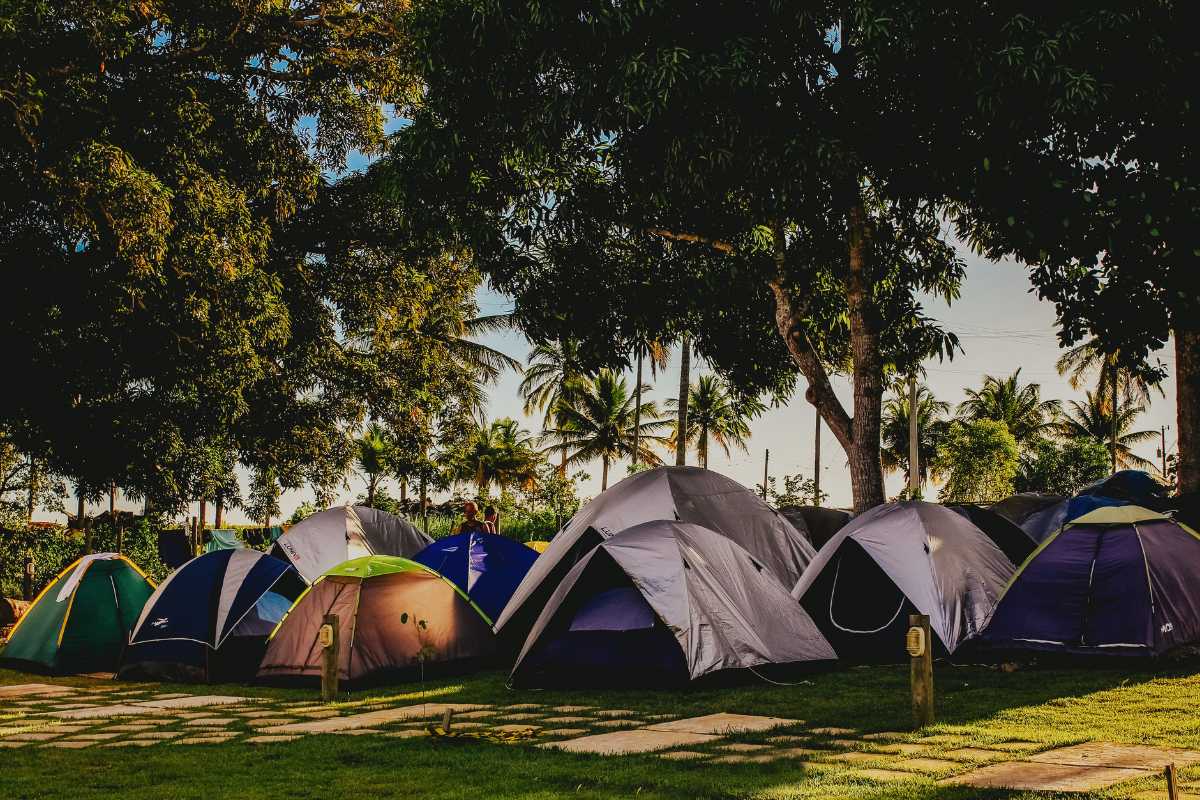
Camping is a communal experience, and it’s essential to be considerate of other visitors who are enjoying the outdoors just like you. This includes respecting quiet hours, keeping noise to a minimum, and avoiding overcrowding campsites.
If you’re camping in a popular area, be mindful of the number of people in your group and try to choose campsites that are spaced out. This not only helps prevent overcrowding but also minimizes your group’s impact on the environment.
Additionally, keep in mind that certain activities—such as playing loud music, cutting through campsites, or leaving trash behind—can detract from the enjoyment of other visitors.
Always be courteous and share the beauty of nature with respect for everyone around you.
Enjoying Low-Impact Camping with Your Family
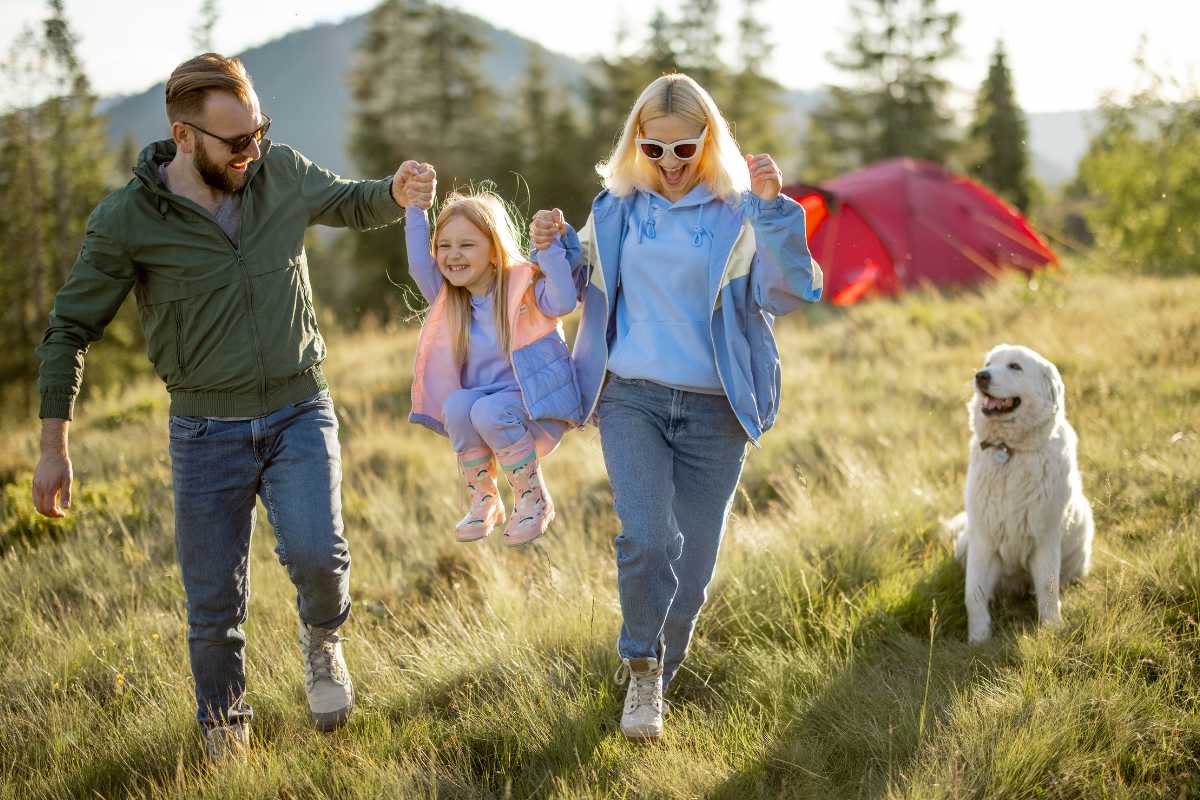
By embracing the principles of Leave No Trace, you can have an enriching and enjoyable camping experience while ensuring that the environment remains protected.
These low-impact practices not only help preserve the beauty of nature but also teach your family valuable lessons about the importance of conservation and sustainability.
Camping offers a unique opportunity to connect with the outdoors and unplug from the hustle and bustle of daily life.
By following these simple guidelines, you can ensure that future generations will be able to enjoy the same pristine wilderness that you did.
Whether you're hiking through the mountains, paddling on a tranquil lake, or simply relaxing under the stars, your actions can make a positive difference in protecting the environment for years to come.
So, the next time you head out on a family camping trip, remember that even the smallest actions can have a big impact. Practice Leave No Trace, and together we can help safeguard the natural beauty of our planet.
Related reading: How to Make Your Camping Trip More Eco-Friendly
How to Make Your Camping Trip More Eco-Friendly Eco-Friendly Christmas: Sustainable Ideas for Decorations, Gifts, and More
Eco-Friendly Christmas: Sustainable Ideas for Decorations, Gifts, and More Eco-Friendly Style: The Magic of Upcycled Fashion
Eco-Friendly Style: The Magic of Upcycled FashionDid you find this post useful or inspiring? Save THIS PIN to your ECO Board on Pinterest! 😊
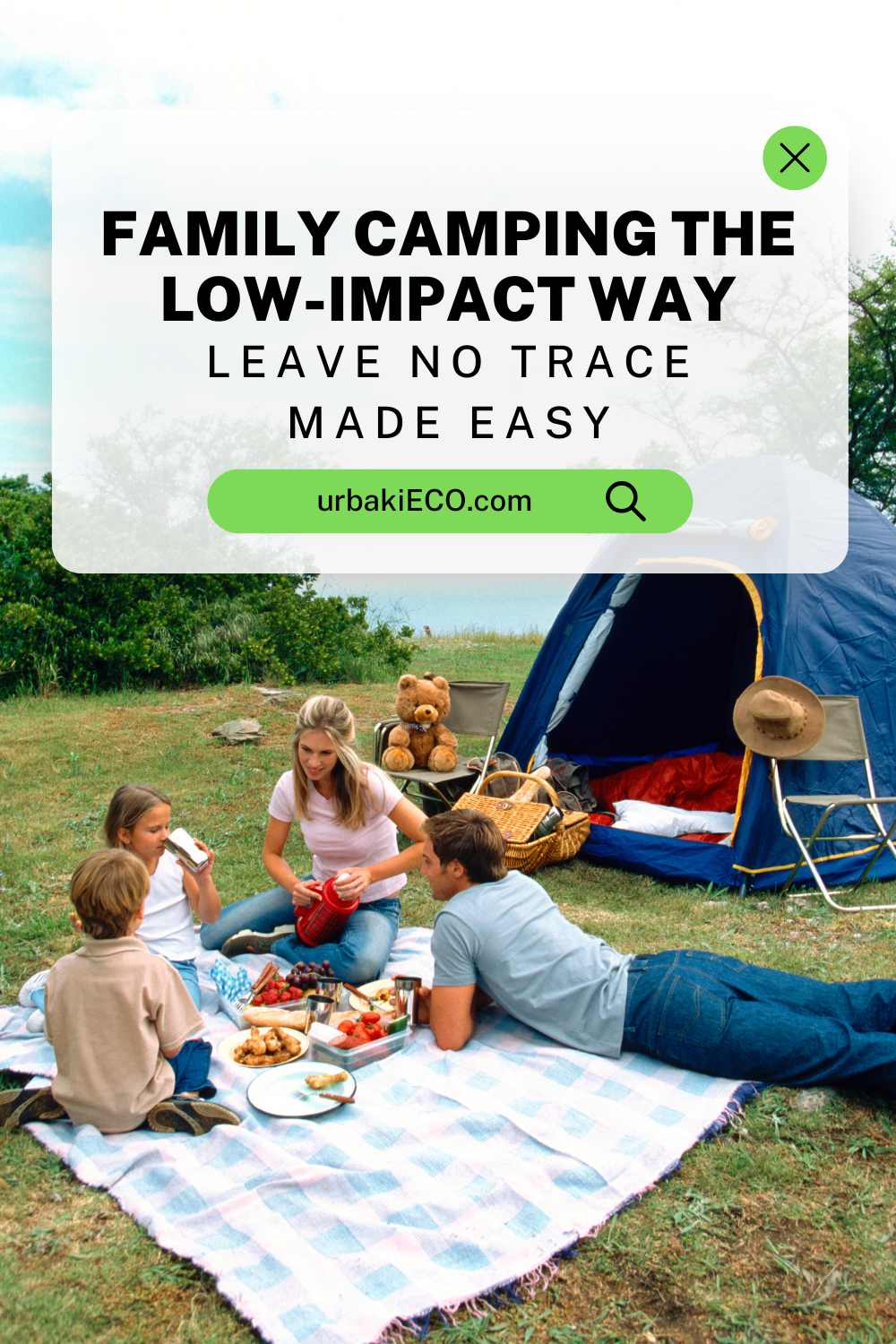


You may also like